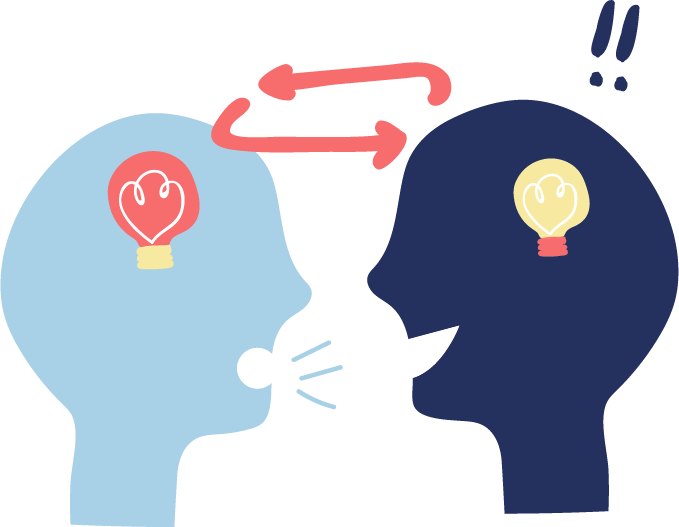| Line 41: | Line 41: | ||
<img src="https://static.igem.org/mediawiki/2018/f/f9/T--Imperial_College---attribution.png" alt="" width="28%"; > | <img src="https://static.igem.org/mediawiki/2018/f/f9/T--Imperial_College---attribution.png" alt="" width="28%"; > | ||
</div> | </div> | ||
| − | < | + | <p2>We would like to thank the kind, supportive people that we have met and had the privilege of collaborating with over our iGEM project. There have been numerous research groups, companies, departments and individuals that have supported us over the course of this project. We would like to express our gratitude and acknowledge all of these people for their time and contribution. |
| − | </ | + | </p2> |
</br></br> | </br></br> | ||
<h3>General Support</h3> | <h3>General Support</h3> | ||
Revision as of 01:52, 16 October 2018
Attributions














